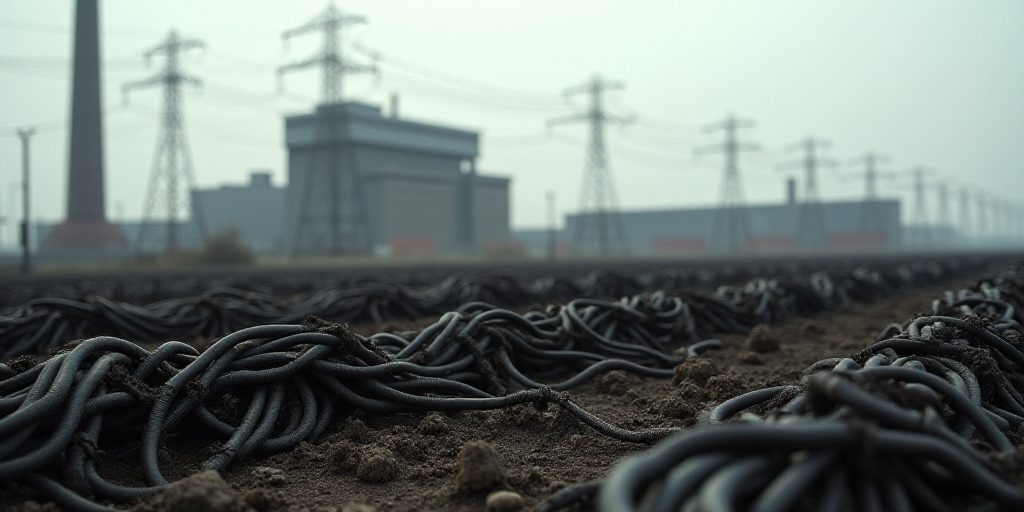Background on the Situation
The United States has expanded its tariffs on steel and aluminum, announced by the Department of Commerce on Tuesday, affecting hundreds of products containing these materials. These include items like baby chairs and heavy machinery.
Who is Donald Trump?
Donald Trump is the current President of the United States, who has been implementing tariffs on various goods since his return to the presidency. His aim is to boost the US steel and aluminum industries.
Key Changes in Tariffs
The Department of Commerce added 407 types of merchandise to the lists of items considered “steel and aluminum derivative products.” This move means that 50% of the tariffs imposed on these materials by President Trump earlier this year will now apply to their steel and aluminum content.
What Products are Affected?
- Wind turbine components and parts
- Mobile cranes, bulldozers, and other heavy machinery
- Railcars, furniture, compressors, and pumps
- Hundreds more products
Purpose of the Tariffs
Jeffrey Kessler, Under Secretary of Commerce for Industry and Security, stated that the tariff measure “closes loopholes for evading tariffs” and aims to strengthen the US steel and aluminum industries.
Impact on Prices and Businesses
While the consumer price impact of Trump’s tariffs has been limited so far, economists warn that full effects are yet to be seen. Some companies have responded by purchasing products ahead of anticipated tariffs, while others have passed on additional costs to consumers or absorbed parts of the new tariff burden.
However, analysts suggest that importers and retailers may not be able to sustain these costs indefinitely, potentially leading to further price increases for consumers.
Economist Perspectives
Some economists believe the inflationary impact will be short-lived, while others are more cautious and fear more persistent effects.
Key Questions and Answers
- Q: Who is implementing these tariffs? A: President Donald Trump, aiming to bolster the US steel and aluminum industries.
- Q: What products are now subject to tariffs? A: Over 400 steel and aluminum derivative products, including wind turbines, heavy machinery, railcars, furniture, and more.
- Q: What is the purpose of these tariffs? A: To close loopholes for evading tariffs and support the growth of US steel and aluminum industries.
- Q: How have businesses responded to these tariffs? A: Some companies have preemptively purchased products, while others have passed costs onto consumers or absorbed parts of the tariffs.
- Q: What do economists predict about future price impacts? A: Some expect short-term inflation, while others fear more persistent effects.






